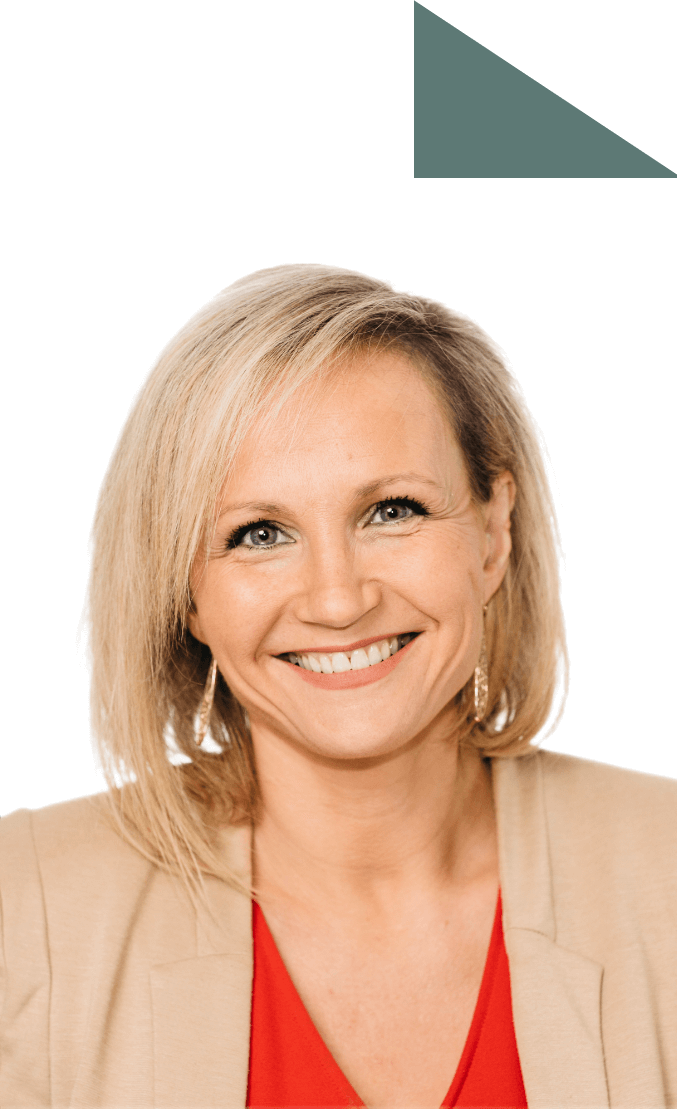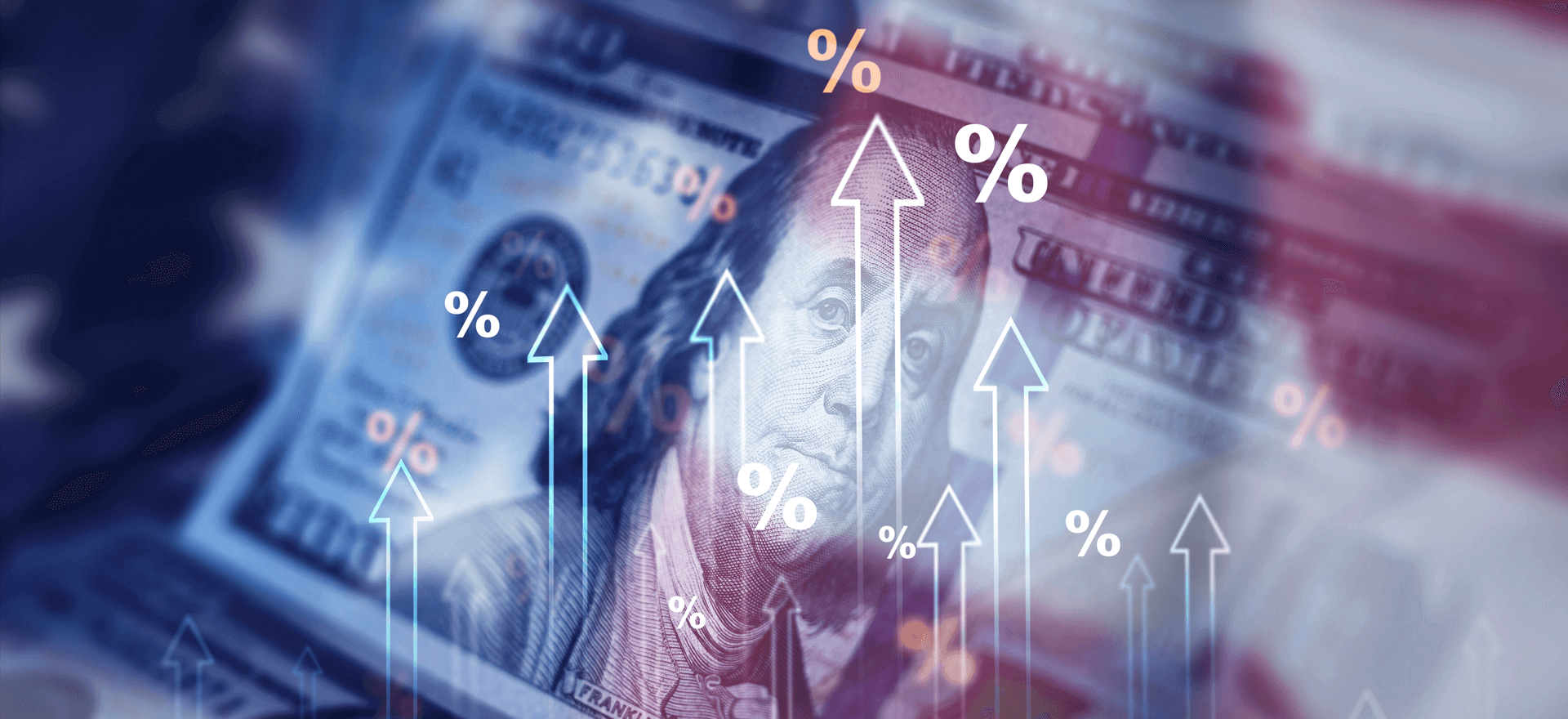
Investing
Q1 Market Update: Finding Growth in Uncertainty
Senior Investment Specialist, Rebecca Cretney shares market highlights for Q1 2025 and opportunities uncertainty provides.
For insight and reflection on the latest market movements following the announcement of President Trump’s tariffs, please refer to the below.
Watch: What do Trump’s tariffs mean for markets?
Tom Caddick, Chief Investment Officer.
Read: Tariffs and Markets: How will the cards land?
Rebecca Cretney, Senior Investment Specialist.
Q1 2025 Market Commentary: a comprehensive breakdown of Q1 investment markets from our colleagues at Nedgroup Investments.
The first quarter of 2025 proved to be a challenging period for global markets, as escalating trade tensions, shifting monetary policy expectations, and a significant sector rotation weighed on investor sentiment. The S&P 500 posted its sharpest quarterly decline since 2022, while European equities saw a notable outperformance, marking the widest quarterly gap between the STOXX 600 and the S&P 500 in a decade. Elsewhere, concerns over stagflation gained traction, with gold delivering its strongest quarterly return since 1986.
January started on a firm footing, with robust economic data offering some early support. In the US, December’s ISM services reading exceeded expectations at 54.0, while nonfarm payrolls surged by 256,000, later revised up to 323,000, the strongest monthly increase since early 2023. The release triggered a bond selloff, with the 10-year Treasury yield briefly rising above 4.80%. However, a softer-than-feared US CPI print later in the month reassured markets that Federal Reserve rate cuts remained on the table, easing some of the pressure on yields.
The positive momentum proved short-lived. Late January saw a sharp correction in US equities, driven by concerns over extended tech valuations following the release of DeepSeek’s AI model. The shift in sentiment deepened in February, as Nvidia’s earnings, while still solid, marked the company’s smallest revenue beat in two years—raising doubts about the sustainability of the “Magnificent 7” rally. By quarter-end, the group had entered bear market territory.
Meanwhile, the political landscape took centre stage. Following President Trump’s inauguration on 20 January, the administration announced a sweeping round of tariffs, initially targeting Canada and Mexico with 25% levies, before extending them in March to include higher duties on Chinese goods, steel, and aluminium. The move reignited inflation concerns, with investors growing uneasy about the potential for retaliatory measures. Sentiment soured further after US consumer confidence fell to a multi-year low in March, reinforcing concerns over economic growth and pushing recessionary fears to the forefront.
Across the Atlantic, Europe witnessed a marked policy shift towards increased fiscal spending. The German election on 23 February resulted in a new coalition that proposed major defence spending reforms, while the European Commission announced that defence expenditures would not count towards fiscal deficit limits. This led to a sharp repricing in bond markets, with the German 10-year bund yield experiencing its largest daily jump since reunification. European equities responded positively, with Germany’s DAX posting an 11.3% total return for the quarter.
Given this backdrop, equities were well mixed, with the global index down by -2.1%, with gains in Europe ex UK (+6.2%) and Emerging market (+2.7%) more than offset by declines in the US (-4.6%). In terms of equity styles, growth stocks (-6.8%) underperformed value (+0.2%), and small-cap stocks (-3.9%) lagged large caps (+2.1%). There was also wide variation in sector performance, with Financials (+6.1%) and Energy (+9.4%) being the strongest two sectors, while IT (-11.6%) and Consumer Discretionary (-7.5%) lagged significantly.
Fixed income markets were positive, supported by yields falling. Looking at the details, global government bonds (+0.7%) finished the quarter above water, but lagging Investment Grade Credit (+1.8%), Global High Yield (+0.9%) and global emerging market debt (+2.3%).
In the real assets space, global real estate (+1.7%) and global infrastructure (+3.9%) were well bid, due to their sensitivity to falling interest rates. Finally, Commodities (-0.4%) had a strong quarter with Gold (+18.2%) being a clear stand out, supported be geopolitical tensions and purchases from central banks.
Author

Rebecca Cretney
Senior Investment Specialist , Isle of Man
Rebecca joined Nedbank Private Wealth in May 2004 having moved to the Isle of Man from Barcelona to pursue a course in Business Studies with the Isle of Man Business School. She worked as a private banker until 2019, when she was appointed to the role of investment counsellor. Rebecca now focuses exclusively on supporting private bankers in conversations with their clients, providing technical investment expertise where more complex portfolio requirements exist. She also provides coaching and training for the private banking teams on a wide range of subjects surrounding investment and advice. In addition, Rebecca chairs the bank’s Investment Committee.
Rebecca is a Chartered Fellow of the Chartered Institute for Securities & Investment and a Chartered Wealth Manager.
RELATED NEWS
You may also be interested in the following Insights
Sign up for our updates
Stay up to date with the latest news, insights, and opinions from Nedbank Private Wealth by signing up to our newsletter. You can also register to be invited to our virtual events and hear directly from a wide range of experts. Sign up below. You can unsubscribe at any time.












